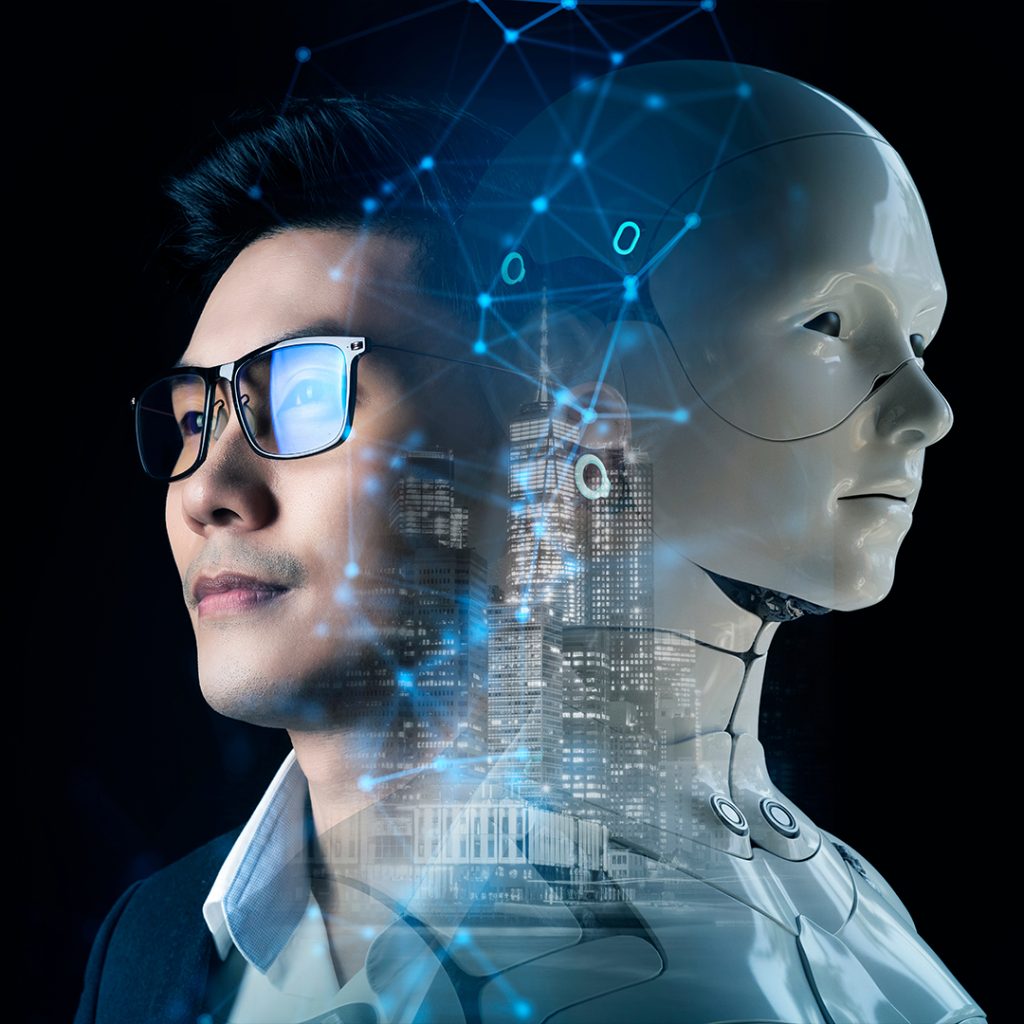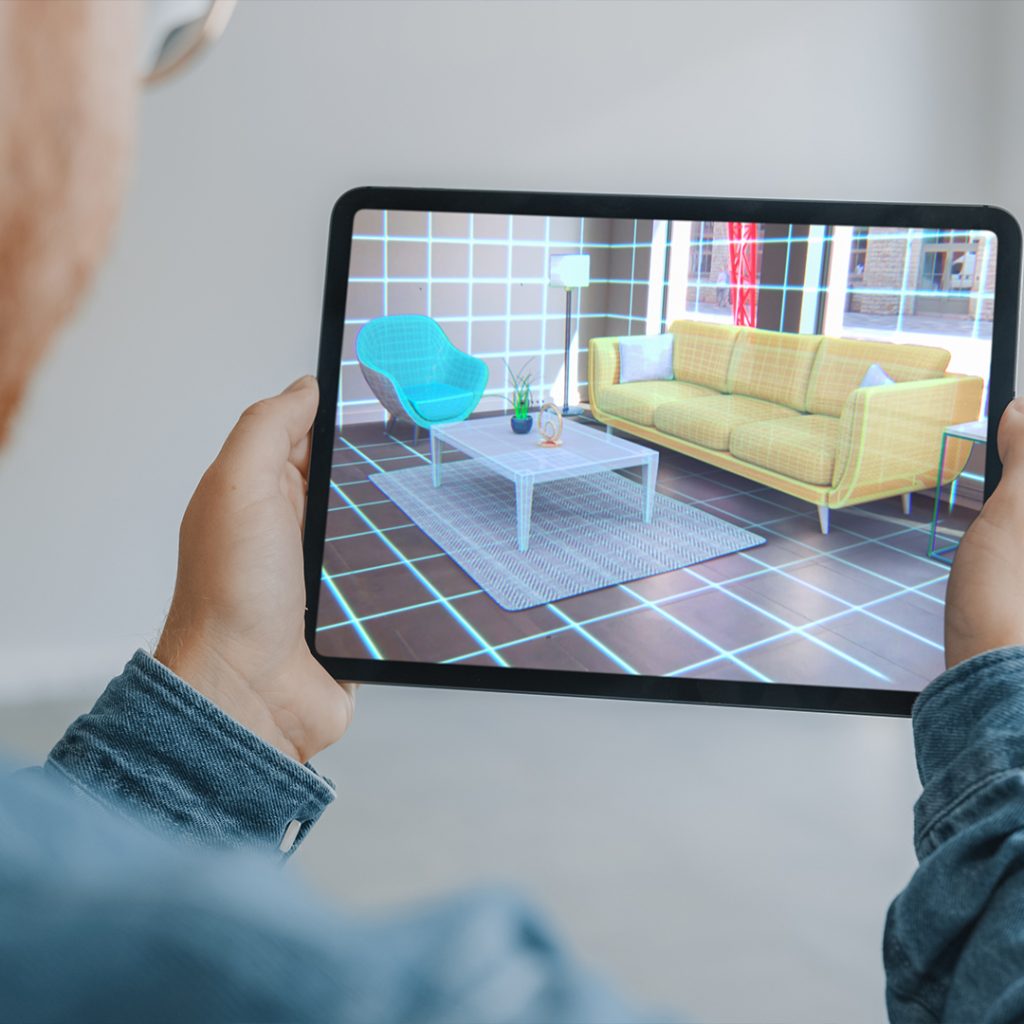Top 5 emerging technology trends in engineering
July 04, 2023
Like many other industries, emerging technologies have a rapidly transformative effect on the engineering sector and continue to play a crucial role in determining its trajectory as we move towards a future centered around the evolution of these disruptive forces. Adopting these technologies is critical for firms who want to stay ahead of the current technology trends and guarantee service deliverables competing with the industry’s best offers. Organizations that stand still in this age of adoption run the very real risk of being left behind. Gone are the days of optional disruption or nice-to-have tech stack luxuries. The race is on to integrate solutions that can cut a path straight to the apex of construction and engineering.
Adapt, optimize, and dominate with emerging technology
Artificial Intelligence, virtual reality, and digital twins are among the most promising recent technological advances changing the face of the industry, but as we’ll explore, there are a host of solutions that have the potential to take your firm to previously unscaled heights not only in conception and creation but in process management and data security.
With AI and machine learning algorithms, engineers can process large volumes of data and gain insights to develop innovative and sustainable solutions for complex problems. Virtual reality technology enhances user experiences across fields like gaming, education, and entertainment, while automation using digital twins offers accurate modeling tools and simulation of equipment behavior to build better, efficient, and reliable components.
Key Takeaways
- Emerging technologies are crucial in determining the engineering sector’s future trajectory.
- Adopting AI, VR, and digital twins can guarantee that service deliverables remain up-to-date, streamlined, and relevant.
- Process big data and gain deeper insights to develop innovative and sustainable solutions using AI and ML.
- Sustainability’s growing importance increases focus on designing cost-effective, energy-efficient buildings, renewable energy sources, and recycling systems.
- IoT provides unified systems boosting performance monitoring and maintenance prediction in various areas.
- Keeping pace with dynamic tech trends, staying competitive, and enhancing productivity and efficiency, will be critical for firms.
- Incorporating emerging technology innovations boost creativity and innovation while promoting sustainability and efficiency.
The Internet of Things (IoT)
Decision-makers who embrace the potential of emerging technologies within the organization and stay ahead of the adoption curve are poised to reap a plethora of benefits that could shape the success of firms that depend on the integration of systems. IoT has become a trailblazing aspect of the field by providing real-time monitoring and predictive analytics, improving safety, and facilitating predictive maintenance.

The scope of applications is broad and exciting, with the ability to monitor and assess a structure’s integrity and intercept any possible issues that may escalate at some point. Which brings us to the question that many firms should already have asked themselves, what is the Industrial internet of things? With the birth of the Industrial Internet of Things, taking proactive measures, optimizing assets and maintenance schedules, and dramatically improving operational efficiencies have become far easier to achieve, and it has become one of the cornerstones of Industry 4.0. If you need an Industrial Internet of Things definition, it can be characterized as the implementation of smart sensors and actuators in order to streamline and optimize any given industrial process.
In mechanical engineering services, IoT is a game-changer, enabling the monitoring of machinery performance and condition to facilitate better maintenance scheduling, enhance operational efficiency, and minimize downtime, ultimately leading to better productivity and cost savings. To fully realize the potential of IoT, businesses must use innovative solutions to leverage AI, machine learning, and IoT integration to gain transformative insights into their operations, thereby gaining a competitive advantage.
AI and Robotics
With AI and robotics in engineering developing at an exponential rate, it has found applications in every corner of engineering and has established itself as one of the industry’s mission-critical tools for firms looking to expand and evolve in every direction. Put simply, AI takes you from manual to automated and streamlines your daily operations in routine and complicated processes. It’s big on productivity and low on human error and is creating superior cost-efficiency in firms that have already made it a part of their strategies.

When it comes to predictive maintenance, AI has become nothing short of a revelation. With machine learning algorithms becoming increasingly complex, it’s seemingly opening new doors every day. Being able to utilize AI and ML to analyze various data points from sensors means engineers can now detect and correct any potential problems far earlier and prevent them from becoming costly errors that can derail projects. Not only that, but they can also generate a spectrum of design concepts that can be tested and presented to clients in a matter of minutes.
AI and robotics engineering solutions have blazed a twin trail to become one of the most exciting prospects in the field, and though they are by no means new entrants into the arena, they are growing in influence and necessity. And fast. A pipedream of yesteryear, now capable of inspecting infrastructure and perfectly capable of performing complex on-site tasks in the construction of pipelines, offshore projects, and hazardous situations that may endanger those on the ground.
Augmented Reality
By seamlessly blending virtual designs with the real world, AR empowers engineers to visualize, test, and perfect their products like never before. The benefits of AR in engineering are immense. First and foremost, AR enables engineers to catch design flaws earlier in the process, resulting in substantial cost savings and improved product quality. By overlaying virtual designs onto physical objects, engineers can identify potential issues, perform a virtual inspection, make necessary real-time adjustments, and save valuable time and resources.

Additionally, AR enhances communication and collaboration among engineering teams, and the ability to share and interact with virtual design solutions in real-world contexts means team members can work in unison with previously unheard-of levels of synergy. This means more collaboration, better and faster decision-making, boosted productivity, and, ultimately, superior end products.
AR also brings enhanced safety to the entire industry; this is where virtual building inspections can set the standard for safety in the industry, and firms can now take a far more proactive approach in identifying any potential concerns while implementing safety measures by visualizing designs and simulations in the real world. Reducing the risk of workplace accidents and creating a safer, more strategically aligned environment is where AR will bring a ton of value.
Virtual Reality
With VR, firms can unlock entirely new worlds of possibilities, and ones that will soon become the industry standard, seamlessly simulating even the most complex engineering processes and forming the backbone of BIM. Testing and simulating within the design and prototype stages is a massive boon for firms that want to add speed and cost-efficiency to their operations. Think about the resources firms could save when creating detailed and highly-complex simulations that would otherwise be entirely out of reach concerning cost and physical models.

Creating entire 3D worlds that can accurately represent the complexities and sophistication of modern projects means engineers can problem-solve and create with equal freedom and cost-efficiency. Not only that, but the sheer amount of time that it can save at every stage, from concept to creation, should be of significant consideration for every firm on the planet. We’ve spoken about the merits of virtual site inspections, and the potential for collaboration between remote teams is unrivaled. Working with precision across long distances is where VR truly thrives, and it’s an area in which many firms can come unstuck when taking on ambitious projects.
So where is the ROI? Frankly, the ROI for VR technologies is everywhere and is both tangible and intangible. Travel costs, superior training solutions, and prototyping are all tangible avenues for growth. While things like employee engagement, improved creativity, better customer service offerings, elite problem-solving, and far less time going market all fall into the realm of the intangible but no less critical department.
Digital Twins
Among the most transformative technology trends in engineering is Digital Twins, which can be defined as a virtual form of physical assets and processes created via the collection and insertion of data from a variety of relevant sources in order to make a real-time digital version of any given product in the real world.
Digital Twins have three main components:
- Asset Twins: An up-to-date virtual model that helps businesses optimize production and reduce errors by testing different configurations of physical assets.
- System Twins: an advanced digital representation of the larger system, such as a factory floor, that goes beyond testing and analyzing data also to provide performance improvement recommendations
- Infrastructure Twins: A 3D digital representation of an object or system with engineering-grade accuracy
With Digital Twins, firms can gain profound insights into how complex systems behave, fully optimize the design and performance of their assets, and hugely improve oversight in management and maintenance problem areas. Being able to locate and address areas of concern with real-time data and analytics means firms can now predict faults to a higher degree of accuracy than ever before and save priceless resources.
Take the lead with emerging technologies and future-proof your organization
As our name suggests, PROVEN Solution helps firms embrace emerging technologies to stay ahead of the competition and achieve growth beyond the obvious. By harnessing the power of the latest emerging technologies in engineering, your firm can revolutionize its processes and transform the way it operates.
Whether you’re using Artificial Intelligence to process big data, Virtual Reality to simulate complex processes, Digital Twins to optimize assets and systems, IoT for real-time monitoring and predictive analytics, or Robotics for automation and productivity, there are endless possibilities to explore. Talk to us about how we can give you the cutting-edge engineering tools to confidently embrace the future and take your operations to the next level.



